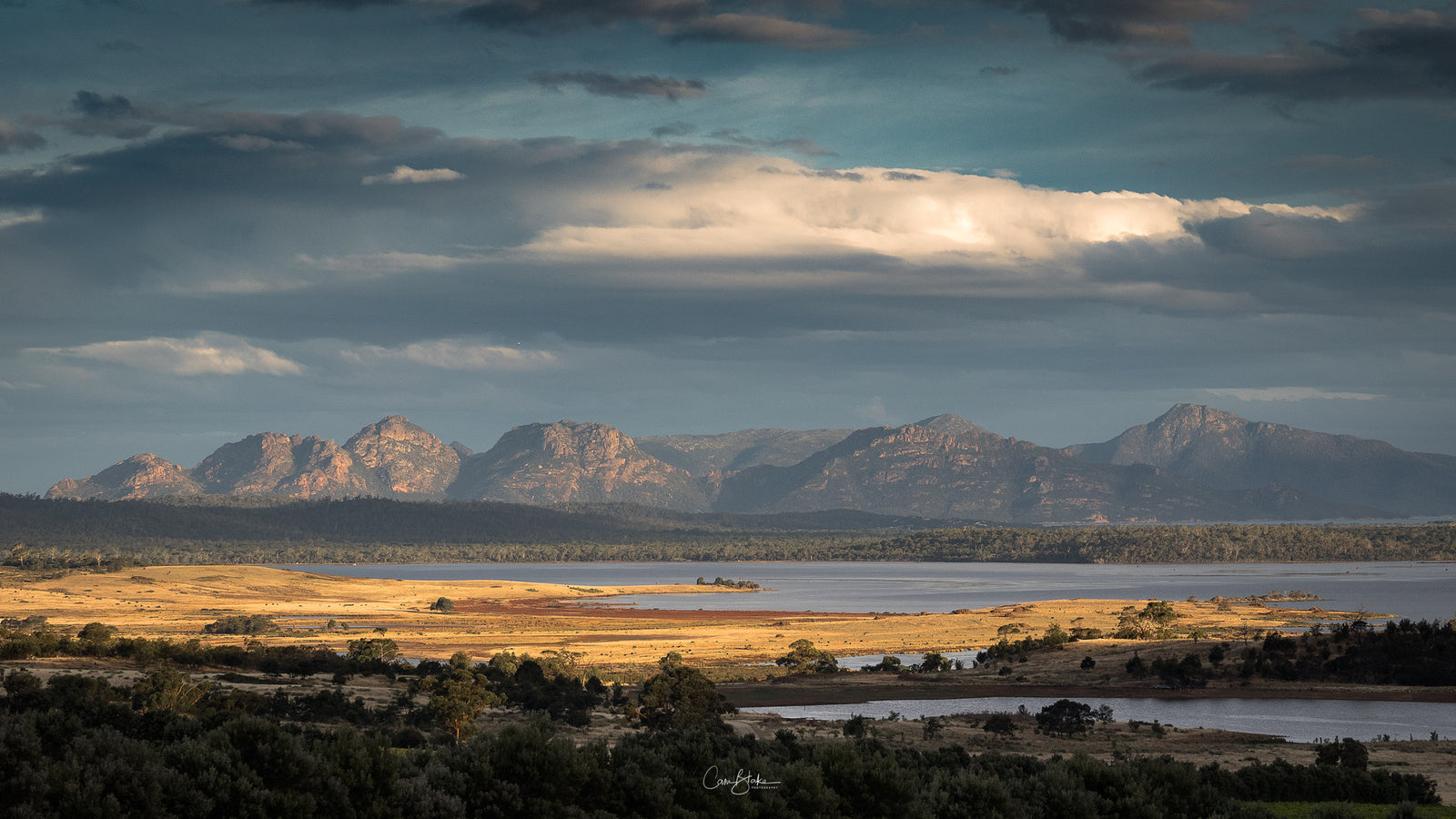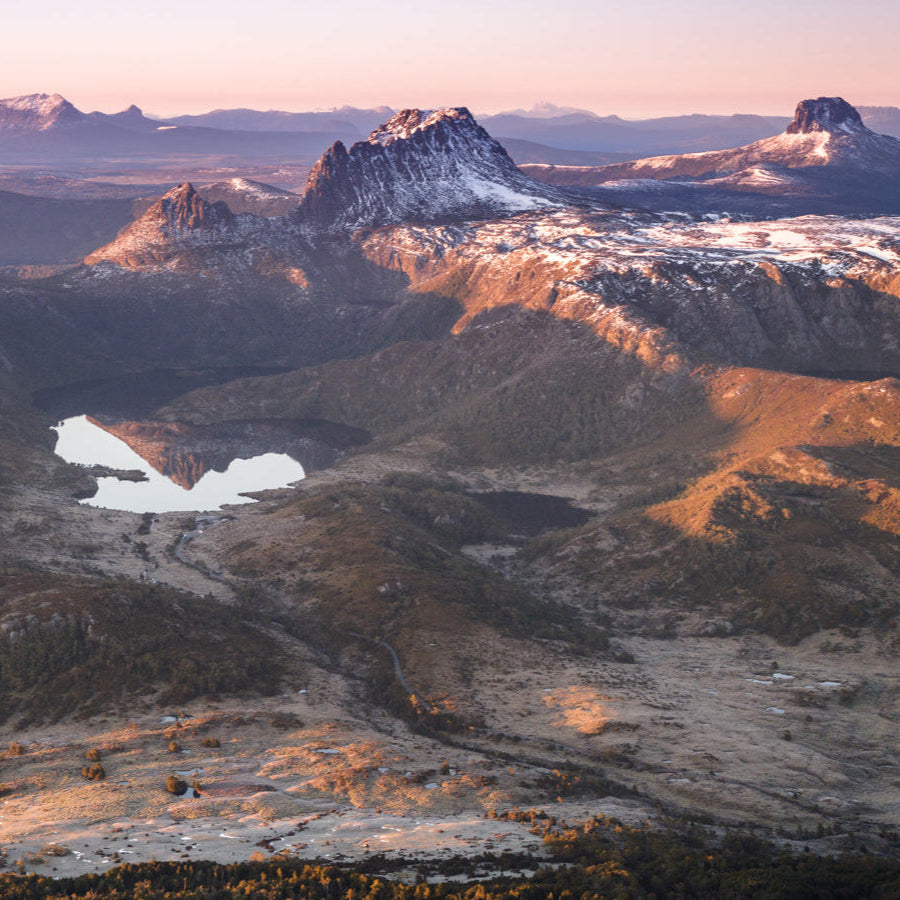A Dynamic Load of BS

A Dynamic Load of BS
So you want to buy a new DSLR camera. You've chatted with all your photography mates, you've read up on a thousand review sites, gone to websites to check specs, and watched all the unpacking YouTube clips. You are now ready to buy that new camera. Then someone tells you that the new Canon/Nikon/Other brand has 14 stops of Dynamic Range and you are convinced... You need that camera!
What you are really doing is falling victim to a whole lot of cleverly directed advertising from certain brands. Canon, Nikon, Sony, Pentax, Olympus, Panasonic, and the list goes on. They all do it. They sell points and features of their camera that will appeal to the new buyer of a DSLR. Dynamic Range is one such point that gets thrown out there a lot, but it is really that important?
What is the one thing that people harp on the most about their new camera purchase? "Oh, it's got 14 stops of Dynamic Range" or "It has the larger DR on the market" - Whoop-dee-friggin-do....!
You have 14 stops of DR in your new camera, and the fact that you are telling people this, and that fact only, straight away indicates that you have bought a camera purely on on a misbelief that you need that much of a range of exposure to capture better images. Wrong! You do not need a Dynamic Range of 14 stops, you don't even need 10 stops. What you need is education on what is required to take better images, capturing all of the available exposure and tonal ranges in a range of differing light conditions.
So who actually needs 14 stops of DR? Especially when most "photographers" will blend their images from multiple exposures, or stack loads of ND's and graduated ND filters on their lenses to capture a greater exposure range from their scene. So lets take a quick look as to why you don't need 14 stops of DR and why you certainly shouldn't be bragging about that either.
Lets go back some 30-40 years to when photography was all new and stuff.
Back then cameras were and still are just a light proof box holding some sensitive material that doesn't like light that much... a bit like a Gremlin you could say. You used to have to load a piece of material called "film" into your camera and wind a crank to get it ready to shoot. That bit of film acts just like your DSLR sensor does today. Both are light sensitive and both have restrictions on just how much information they can handle before failing; for lack of a better word.
So we are back in the 1970's or so, we've jumped out of the Delorean, and we are using a SLR camera with a roll of, lets say, slide transparency film. You rock up to your amazing scene to shoot a beautiful landscape photograph. You want it to look its best and you certainly want it to capture as much detail, tones, highlights and shadows detail as possible. You look at your scene and because you have taken the time to actually read and learn about DR and photography and what your camera can handle, you can see that your scene's range of exposure exceeds your ability of the film you are using. D'oh! What to do? *scratch head
Due to your transparency film only giving you approx. 5 stops of exposure value in your scene to work with, you decide to come back at a better time, not midday, and try and capture the scene again when the light has softened and the exposure value of your scene is within your films capability to capture. The right time of day, coupled with the use of graduated ND filters will allow the film photographer to stretch out his overall DR of slide film to approx. 7-9 stops, ensuring that he can capture most scenes that he attempts to capture. The photographer has stopped, thought about his scene, measured the exposure value of the scene, re-assessed the time of day, and planned to come back better prepared. If you are shooting a scene that has more than 7-8 stops of exposure range then it's really not a scene worth shooting... unless you want to put a 10 stopper ND filter on every shot you take... more on that in my next blog.
So how can you measure the exposure range of your scene? You use that light proof box strapped on your tripod and its impressive metering system (Spot Meter) to take some readings of your scene and measure the exposure values. Alternatively, use the cameras own built in Histogram to show you in live time what the dynamic range looks like in your scene. Measure the highlight areas, mid-tone areas and shadow areas and record what the exposure range is from dark to light. If your scene is showing you 10 stops or more from Highlights to Shadows, you can decide to wait it out until the range closes with the later light, or you can adapt the use of a Graduated ND filter to help bring your sky (usually the brightest part) down in value.
The legends of photographer, the Ansel Adams and local Tasmanian legend Peter Dombrovskis both shot on film, Ansel more so on Black and White film, with an exposure range of around 7 to 8 stops. Peter shot mostly on slide transparency film as discussed previously. Both these photographers were able to capture some of the most memorable images created in the last 45 years, all on film and with limited exposure or dynamic range to work with. They certainly didn't have 14 stops of DR.
So the question really has to be asked... Why do you need 14 stops of DR? Why is this a buying point for anyone looking to buy a new camera? Why are you arriving at your scene of choice and thinking, "yep, all good, I have 14 stops to play with just in case"? If this is you then this is the time you should stop, put your camera down and think more about your photography and what you want to achieve.




Leave a comment